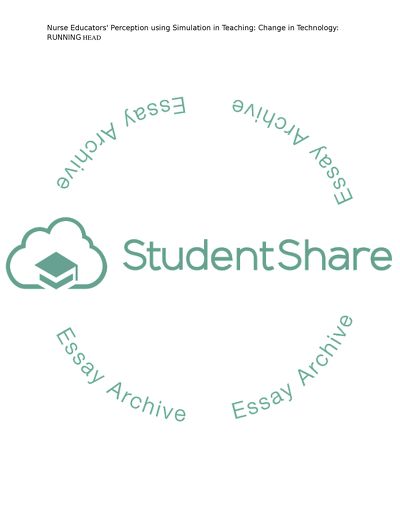Cite this document
(“Nurse educators' perception using simulation in teaching:Change in Dissertation”, n.d.)
Retrieved from https://studentshare.org/education/1396317-nurse-educators-perception-using-simulation-in
Retrieved from https://studentshare.org/education/1396317-nurse-educators-perception-using-simulation-in
(Nurse educators' Perception Using Simulation in teaching:Change in Dissertation)
https://studentshare.org/education/1396317-nurse-educators-perception-using-simulation-in.
https://studentshare.org/education/1396317-nurse-educators-perception-using-simulation-in.
“Nurse educators' Perception Using Simulation in teaching:Change in Dissertation”, n.d. https://studentshare.org/education/1396317-nurse-educators-perception-using-simulation-in.


